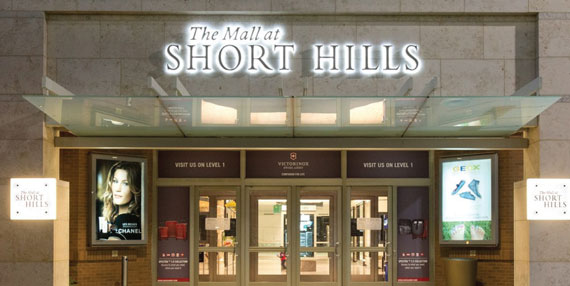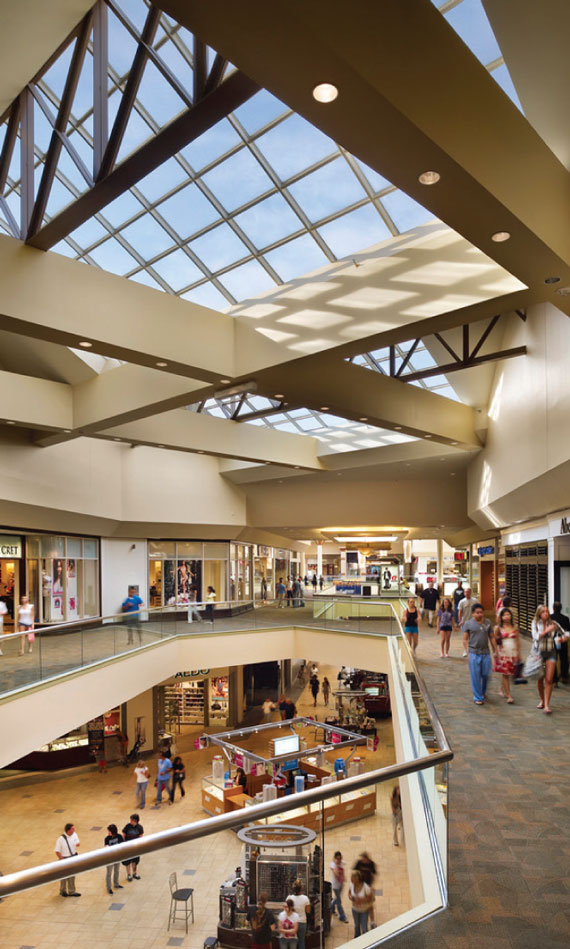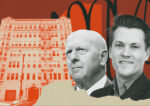Trending
Jersey’s malls buck national trend
Wealthy Garden State residents make for low vacancy and strong sales at upscale shopping centers

While malls across the country struggle to survive, their more chichi brethren — upscale shopping centers — are thriving, raking in sales that more than double the national average.
Industry insiders like Howard Davidowitz, chairman of retail consulting and investment banking firm Davidowitz & Associates, say a shrinking middle class is at the root of the disparity.
“Middle-level malls are disappearing but those that cater to luxury shoppers are succeeding,” Davidowitz told The Real Deal.
Nowhere is that more evident than in New Jersey, a shopping mecca with more malls per square mile than any other state in the country, some of which are home to the nation’s poshest department stores.
Malls that house retailers with the most expensive price tags — accounting for approximately 10 percent of the Garden State’s 62 shopping centers — are faring the best. And they have no problem leasing their space.
Vacancy rates at upscale malls in Northern New Jersey average 3 percent, according to CoStar Group, a provider of commercial real estate and marketing information. This compares to a rate of up to 20 percent at malls housing lower-priced retailers.
“It’s a no-brainer,” said Davidowitz. “New Jersey has a lot of wealthy people and that is who malls need to cater to.”
Westfield Garden Plaza in Bergen County does just that. The 2-million-square-foot shopping center counts higher-end department stores like Nordstrom and Neiman Marcus among its 335 shops.
 The Garden Plaza averages nearly $775 in retail sales per square foot, $320 above the national average. It’s one of five shopping malls in Paramus, which together account for $5 billion in sales annually.
The Garden Plaza averages nearly $775 in retail sales per square foot, $320 above the national average. It’s one of five shopping malls in Paramus, which together account for $5 billion in sales annually.
But housing top-tier retailers is only part of the equation.
“Patrons of these malls expect service and come for the shopping experience,” said Jeremy Ezra, executive vice president at RKF, a Manhattan-based commercial real estate agency.
“Our shoppers tend to meet friends here for lunch and spend the day,” said Michael McAvinue, general manager of The Mall at Short Hills in Millburn, one of the most profitable malls in the state with average retail sales of $1,000 per square foot. Among Short Hill’s value-added perks are valet parking, restaurant reservation services and complimentary strollers — even for pets.
“We are constantly trying to better serve our customers’ needs,” said McAvinue, who makes sure the mall’s common areas are adorned with fresh-cut flowers each day.
Short Hills, at 1.3 million square feet, is the only mall to house Saks Fifth Avenue, Bloomingdale’s, Chanel and Cartier all under one roof.
McAvinue added that “you would have to go to Manhattan for that kind of luxury.”
By contrast, the malls that rely on mid-priced anchor stores, like JCPenney and Sears — both of which recently closed a number of stores due to sluggish sales — are faltering. According to the real estate research firm Green Street Advisors, mid-market malls account for nearly half of the 1,050 national total. Of those malls, about 25 percent are struggling, with sales below $300 per square foot.

Rockaway Townsquare Mall in Hibernia
New Jersey’s dense population has helped its mid-level malls to fare slightly better than average.
The Rockaway Townsquare Mall in Hibernia and the Woodbridge Center in Woodbridge, which both count JCPenney and Sears among their anchor stores, have reported around $400 in sales per square foot recently.
David Albertson, senior marketing director at the Woodbridge Center, said management is always looking for new ways to enhance the mall’s performance.
“Retailers are constantly evolving with new concepts, or in most occasions, reinventing themselves,” said Albertson.
He said the mall has opened 10 new stores over the past year. A recent addition is Boscov’s, a Pennsylvania-based middle-level store, which rebuilt itself after filing for bankruptcy in 2008.
Thanks in large part to the success of upscale malls, some recent news offers hope for malls nationwide. The International Council of Shopping Centers and the National Council of Real Estate Investment Fiduciaries reported signs of growth in the industry in 2014. A recent report cited a 21 percent increase in net operating income for malls across the country and a rise in sales per square foot to $475.
“The 2014 data paints a strong picture for the year ahead,” said Jesse Tron, ICSC spokesperson. “Record growth in these key indicators signifies a healthy outlook and the ability of the industry to innovate to fit the needs of today’s consumer.”




